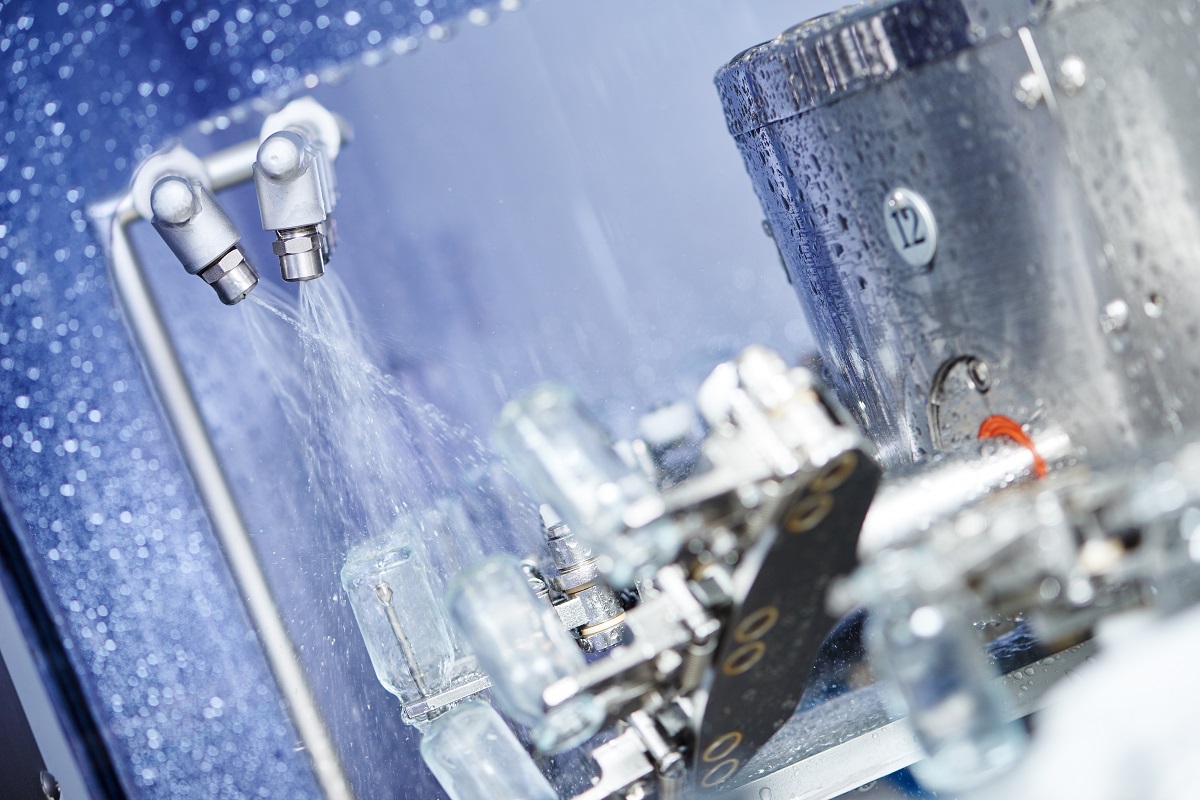Precision cleaning is a cleaning process in which parts are thoroughly cleaned until all soils are removed, with an emphasis on removing soils with a great degree of accuracy in relation to the design of the parts that are cleaned. Precision cleaning is typically performed on parts called “precision parts” due to the infinitesimal degree of precision with which they are manufactured. Engines and switchgear are common examples of equipment that feature precision parts.
Precision Cleaning Methods
Precision parts cleaning can be performed in several ways, but some methods are more efficacious, efficient, and cost effective than others. Among the most popular methods for precision cleaning are cleaning with wipes, cleaning with spray equipment, cleaning with aerosol, and cleaning with a parts washing system. Below, we take a brief look at the basic benefits and drawbacks of performing precision cleaning using these methods.
1. Wipes
Using hand wipes that are saturated with cleaner is the most rudimentary way to clean precision parts. It is also one of the most efficient ways, requiring very little prep time. However, using industrial grade wipes can get expensive if you consistently have a high volume of parts to clean. In addition, hand wipes are an ineffective option for removing soils from precision parts that feature complex dimensions, not all of which hand wipes can conform to reach.
2. Spray Equipment
Whether it involves using a plastic spray bottle or a commercial power washer, cleaning parts with spray equipment is another much performed method of precision cleaning. The advantage is that, when combined with the pressure from the sprayer, the action of the cleaning agent can power through tough accumulations, leaving parts looking new. On the downside, this method often throws solvent conservation to the wind and quickly fills up the solvent waste trap.
3. Aerosol
Aerosol is an excellent option for precision cleaning for three reasons: The amount of cleaning agent used can be easily controlled, the aerosol container disperses cleaner over the surface of parts uniformly, and the cleaning agent often has a high evaporation rate, making it easy to clean parts without sending a large volume of used solvent into the solvent waste trap. On the downside, aerosol can become time consuming and costly if a large volume of parts must be cleaned.
4. Parts Washing System
Many companies and organizations consider using a parts washing system the gold standard for precision cleaning. There are four reasons why: The system is energy efficient, can make it possible to recycle and reuse cleaner, has an airtight seal that prevents emissions during cleaning, and excels at removing soils from small crevices in precision parts. As long as it can clean parts properly within the desired timeframe, this method essentially has no drawbacks.
Need Precision Parts Cleaner?
If so, don’t waste time and money by resorting to trial and error. Get the best precision cleaning agent the first time around by consulting with the solvent specialists at Ecolink. We will examine your precision cleaning needs and precision cleaning system to propose the best solution for your requirements. If one of our stock solutions isn’t the best option, we can create a custom cleaner that perfectly matches your unique precision parts cleaning requirements.
For questions about our products or to place an order, please call us today at (800) 563-1305, or refer to the contact page on our website. We look forward to hearing from you!















